We were back in Richland, Washington, this past weekend for the Ironman 70.3 Washington Tri Cities. Here's another instalment in what has become a series of posts on travel and triathlons, as I follow my wife Brenda around the globe for her races. You can find previous triathlon stories here. As usual, there's some racing, some water, and just a little drama.
Swim
It's still dark as Andy and I ride our bikes to Howard Amon Park on the Columbia River to watch Annie and Brenda start the swim stage. The park is a mass of 2800 wetsuited athletes, of which 700 are women, spectators, and bathroom lines. There are 37 athletes in Brenda and Annie's women 60-64 age group.
By 6:30, the athletes are lined up in the twilight as the mayor fires the starting cannon and the first swimmers enter the water. Annie's among the first few, a lone pink swim cap among a sea of green. The athletes enter in fours every few seconds, with Brenda starting about 20 minutes later and a few minutes after sunrise.
This piece of the river is part of the Hanford Reach, the last free-flowing non-tidal section, starting below the Priest Rapids dam almost fifty miles upstream, running between the Hanford Reach National Monument and the Hanford Nuclear Reservation and finishing at the confluence with the Snake River, several miles downstream. The rest of the river is a string of reservoirs formed by the multitude of dams. Even here, free-flowing is relative, as the volume and level of water are determined more by releases from the Priest Rapids dam upstream and the McNary dam downstream, than by nature.
T1
Nevertheless, there's over a mile per hour of current helping the swimmers, and Andy and I are glad to have our bikes to make it down the Riverfront Trail to the swim finish at Columbia Point Park in time to see the ladies. The park is on site of the former Native American village of Chemna, an important fishing, trading, and gathering place. Today, the basin, sheltered behind an island, is home to a boat ramp, marina, condos, hotels, and restaurants. Swimmers leave the water next to to the boat ramp, cross a timing mat, and run to their bicycles for the first transition, known as T1.
A following current has the effect of speeding up and compressing the swim times. I'll spare you the vector math; simply put, the slower swimmers get the help from the current for longer. Annie is second in the women 60-64 age group swim with a time of under 22 minutes and is through the transition area and out on the bike a few minutes later. Brenda started the swim later, so finishes later, but her time is also fast at 24:30 for a fourth place, so fast in fact that I almost miss her coming out of the water. I jump on my bike and head over to the T1 bike exit just in time to see the notification on my phone telling me that she's already through T1 and out on the bike. We won't have another chance to see the athletes until they come back into town towards the end of the ride, so I ride back to join Andy at the place we're renting for the weekend.
Bike
The bike route takes our athletes on a weaving route through city streets. The city was built to support the Hanford Nuclear Reservation, the topic of last week's post, and was government owned until 1958. Much of it was designed and laid out by the Army Corps of Engineers. The legacy lives on the in the many streets named for engineers, of which our athletes ride on at least nine.
Our rental is in the city's Gold Coast Historic District. These houses were built in 1949 at the start of the cold war, triggered by the Soviet Union's first successful atomic bomb test, to support Richland's expansion to house workers at the Hanford Nuclear Reservation who were helping build the United States' nuclear weapon stockpile. The houses, like the streets, were originally government owned and were designed under contract to the Army Corps of Engineers. They are called alphabet houses, as they were available in a choice of eight floor plans, A-H. Our rental is an H.
The house has been tastefully modernized while honoring its origin. The appliances and fittings are modern, while the floorplan is unchanged, the wooden floors are original, and artwork and artifacts honor the atomic program that begat the city and is still its largest employer, although now in cleanup rather than production.
Leaving the city, the riders pass through some newer subdivisions before heading up and over Badger Mountain into the bucolic wine country of Badger Canyon. The spring-fed West Fork of Amon Creek flows down the canyon on its way to meet the Yakima River in Richland, but agriculture didn't really take off until 1957, when the Kennewick Irrigation District brought water to the valley from the Prosser Dam on the Yakima River.
Canals run along contours on both sides of the valley. Seen from the road, the hillsides are green below the canals, and brown above. Water from the canals grows grapes, hops, fruit, and corn. The valley is undoubtedly scenic, and subdivisions and estate homes are moving into the valley as the nearby cities of Kennewick and Richland start to sprawl. But those bucolic vistas hide a dark side. Crops like corn are able to absorb large amounts of nitrogen and are a target for the Yakima Valley CAFOs (Concentrated Animal Feeding Operations) and dairies to dispose of their embarrassing quantities of cow manure.
The canal water is for irrigation, not for drinking. It's cold here in winter, so the canals only run in growing season and are drained for the winter, else they would freeze. Drinking water must come from groundwater wells. Unfortunately, all that irrigation water picks up nitrate from all that manure and carries it down into the aquifer, raising nitrate in drinking water above safe levels. The State of Washington Department of Ecology had to set up a special Nitrate Project to handle this problem, with both the Lower Yakima Valley and Badger Canyon listed as high-priority areas, while, the Department of Health received special funding from the legislature to set up the Alternative Drinking Water Program to supply bottled water to those affected.
No one is asking are whether we really need a cow for every seven people in Washington, or whether we really need to be eating forty-two pounds of cheese per person per year.
Our athletes make their way up the canyon to the Columbia Plateau, and then back down through the suburbs and into the City of Richland where they ride five miles on George Washington Way, so named because the first president was also an engineer, past where Andy and I are standing on a corner, chatting to some locals.
This is the first time the town has hosted a race of this kind and the local population is very supportive. Just down the road from where we're standing is the Uptown Shopping Center which, like our rental, has its original fifties retro feel. The town feels like the set of Back to the Future; I'm half-expecting to see a DeLorean in the parking lot. There's no need to get the plutonium from the Libyans -- it's right down the street!
Brenda and Annie are strong cyclists, and the tracker app tells us that Brenda has moved up into second place with Annie in third. We watch the ladies fly by, then ride back to the rental for a few minutes.
T2
The ladies hold their places heading into T2, the bike to run transition, and head out on the run. The leader seems to be taking a long time in transition. It eventually becomes clear that she's a DNF - did not finish - and so her swim and run times will no longer count. Brenda and Annie are now in first and second place. The runners head north parallel to the Columbia River along a flat course on a mixture of trail and engineer-themed roads to the turnaround at six and a half miles, and then back on the trail along the river to the finish at Columbia Point Park. Andy and I head out to the Riverfront Trail at about the four mile mark to cheer them on.
Run
Andy's wife Annie and my wife Brenda met at a race couple of years ago where they finished first and second respectively. They're friends, but also rivals, which presents a bit of a dilemma for Andy and I. We elect to limit our comments to our respective athletes as they run by to no more than,
"How are you feeling?" and "you're both doing great!"
After a clear night and an almost chilly morning the sun is warming us up, so we move up the trail to a shaded spot where we wait to catch them on the way back.
Dams built to control the river after the disastrous flood of 1948 have stabilized the riparian area and allowed vegetation such as the invasive Russian olive to gain a foothold on the once bare banks, offering shade to us and to the fall Chinook (king salmon) who passed our swimmers as they headed upstream towards their spawning grounds. The shade helps offset the warming effects of climate change, the dams, irrigation, power plants, and data centers along the river, keeping it hospitable for the salmon, and providing habitat for kingfishers and warblers.
The tracker app tells us that a third athlete, Sue, a strong runner, has overtaken Annie to move up into second place and is gaining on Brenda. She's picking up thirty seconds a mile, with about six miles to go. It's going to be close. It's a different race now, so Andy and I change our messaging. Annie started the swim earlier, so she's ahead on the course. As she goes by, Andy updates her and rides off to watch her finish.
A couple of local residents are nearby, enthusiastically cheering on all the athletes. One has heard my voice and heard Andy say my name. She comes over to ask me,
"What's your last name?" As I tell her, she says, "I met you at WaCanId!"
WaCanId was a bike tour through Washington, Canada, and Idaho that Brenda and I did five years ago. As she lifts her sunglasses, I recognize Gina and remember that she lived in Richland. It turns out she lives just a couple of blocks away from where we're standing. We're both children of the atomic age, baby boomers. Her father worked at the Hanford B Reactor, mine at Windscale, both making plutonium for the cold war. I'm grateful that parallel lives, unlike parallel lines, do sometimes touch.
As Brenda runs by, I can unambiguously call out,
"You're in first, but you'll have to run like hell to stay there!"
I hop on my bike and head down to the finish. The tracker app lets me know that at mile twelve, Sue has inched past Brenda into first place overall.
Finish
Brenda crosses the line with a personal record run time of 2:07, and a personal record race time of 5:30, in second place overall, just over a minute behind Sue. She collapses in my arms and tells me,
"I need to go to the medical tent. I sprained my ankle at mile seven on the run."
We find a volunteer, who summons a medic, who summons a wheel chair, and we head off to the medical tent. The medics confirm that it's not broken, bandage her up, and suggest I go get the car to take her back. I tell them,
"That's not going to work. She came in second. There's no way she's missing the awards."
They come up with a plan B. They'll wheel her off to some shade while I go get the car and find some crutches. I ride the four miles back, get the car, stop at a drug store to buy their last pair of crutches, and make it back in time to head over to the awards area.
This race is a qualifier for the 2025 Ironman 70.3 World Championships in Marbella, Spain. For the women 60-64 age group, there's just one spot. We run into first place Sue, who is gracious in her victory. She lets Brenda know that she's not planning to take the spot. While there will likely be additional "Women for Tri" spots, Annie has another trip to Spain planned and is happy to let it go. Looking at the final results, less than four minutes cover Sue, Brenda and Annie in the first three places, a full half hour ahead of fourth place. A great race!
Brenda's friend Sandi was also racing, finishing first in the women 75-79 age group, and also picked up a worlds spot.
We're going to Spain! This is the third time Brenda's qualified for worlds. We've already been to Finland, and will be in Taupo, New Zealand in December. I'm sure to be posting about that!
Thanks, as always, for reading or listening. To make sure you don't miss our adventures in New Zealand, please consider becoming a free or paid subscriber.


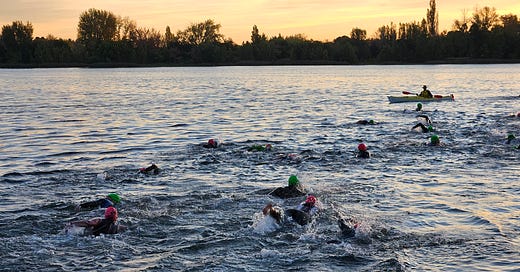



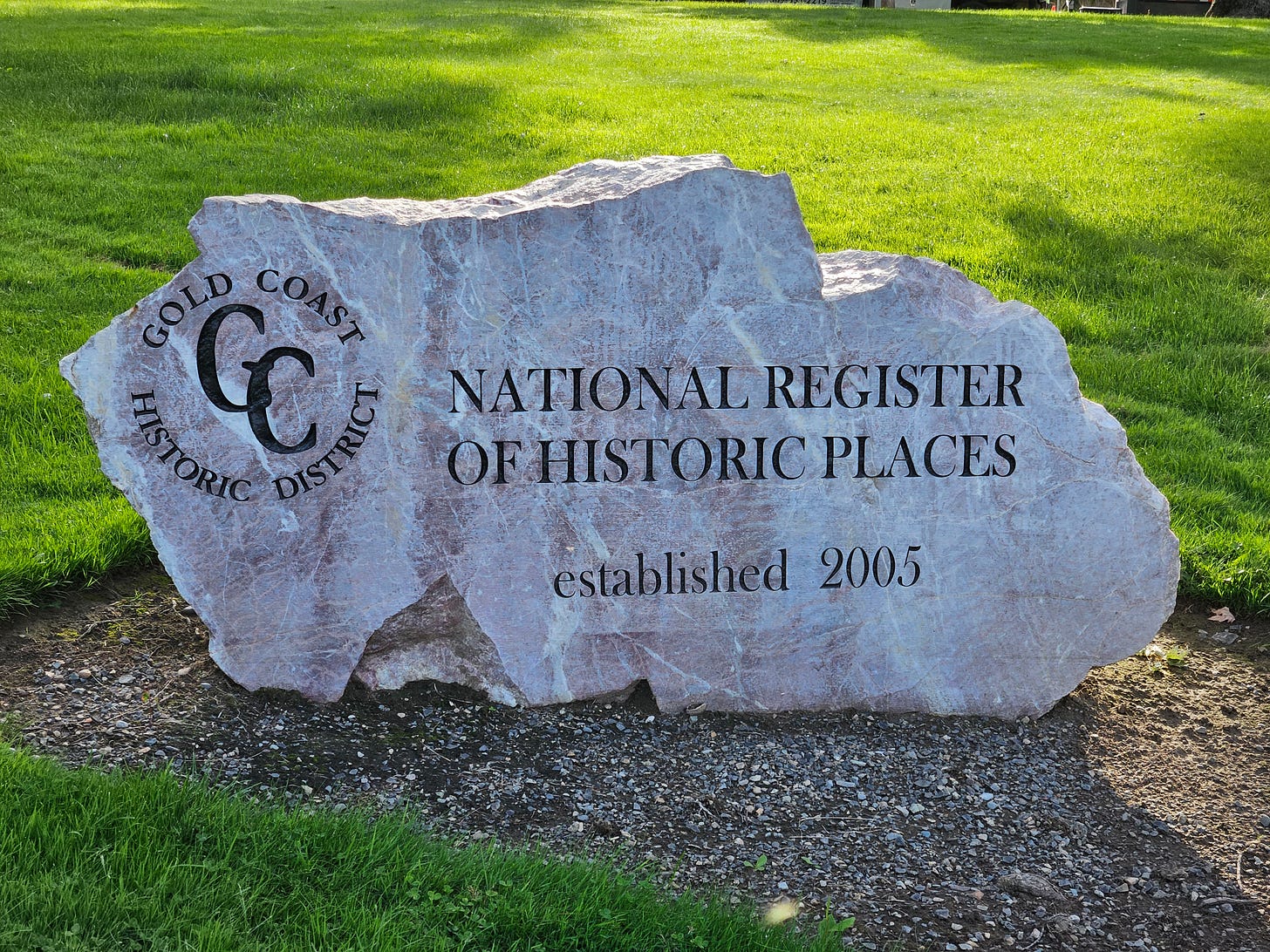
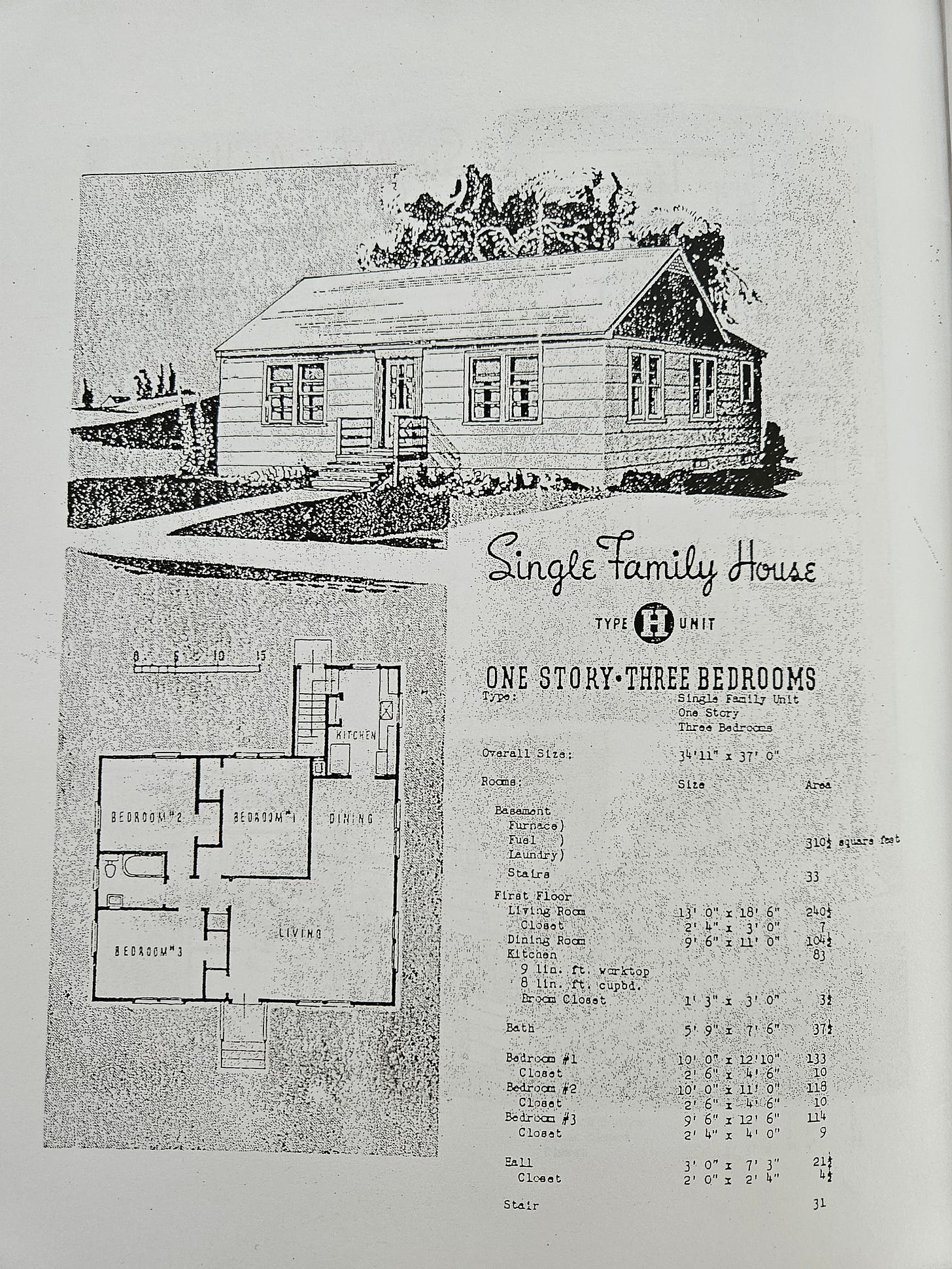
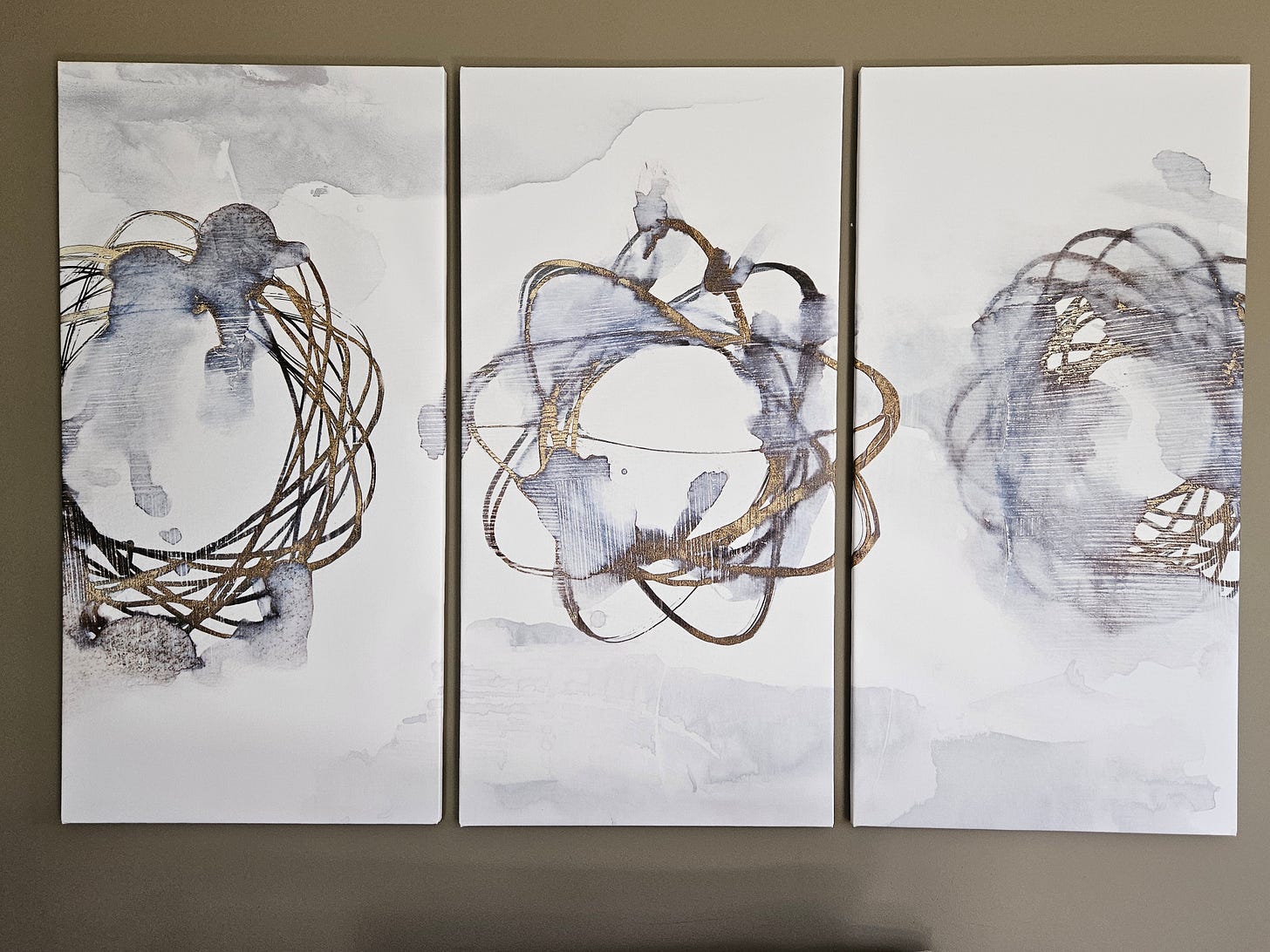
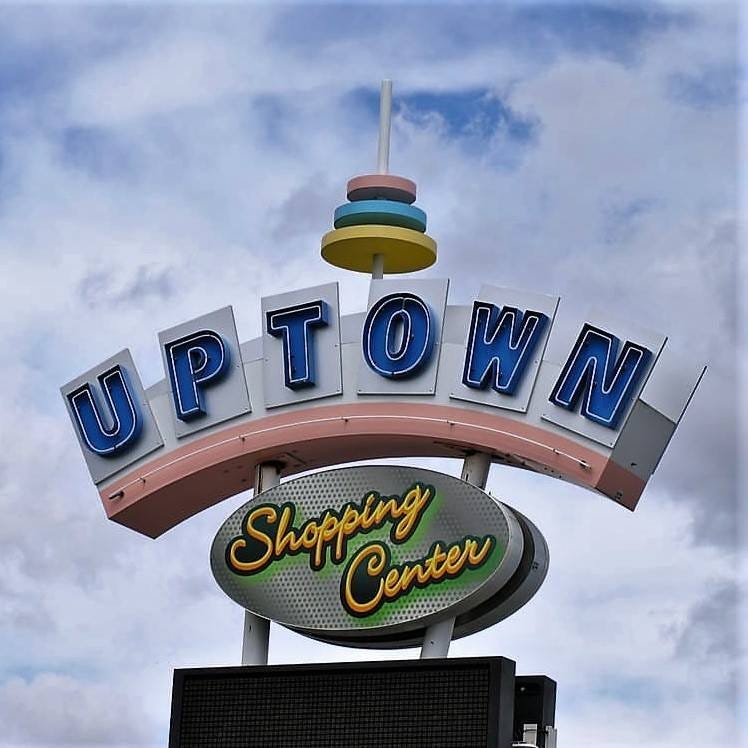

What an exciting race, juxtaposed with history. My husband's been watching women's basketball, and it amazes me how often they are injured and just get up and keep going. My question is how do they do it? How can Brenda run on a sprained ankle? And run that well? I love hearing about strong women! It makes me stop whinging and pick myself up to try try again. Thanks for narrating this so well. And congratulations to all!
Your writing definitely captured the effort and excitement; thank you. It felt like I was there with the “gals.”